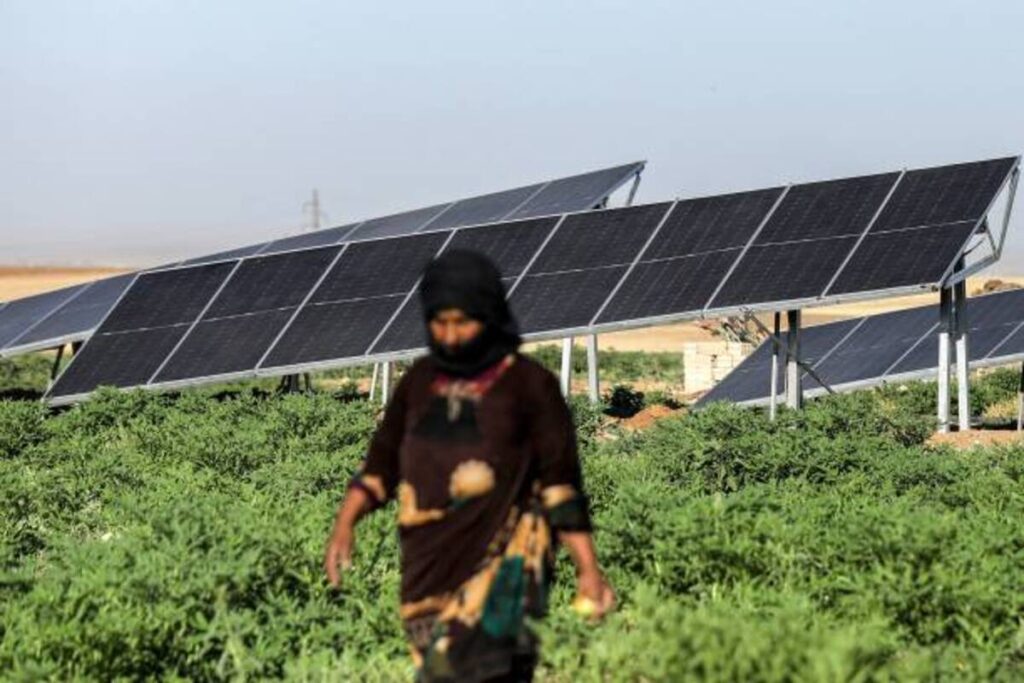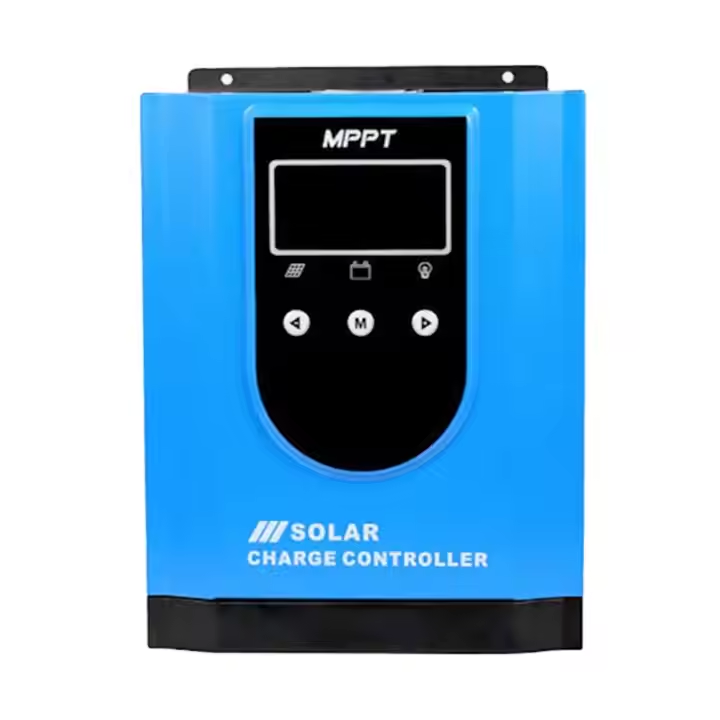In 2025, residential solar energy is undergoing a major evolution driven by smarter hardware, integrated storage, and grid synergy. Global inverter revenues are projected to reach nearly $20 billion, with residential inverter deployments rebounding strongly in Europe and beyond (turn1search1). The residential PV inverter market alone is expected to grow from $5 billion in 2024 to $5.44 billion in 2025, a testament to rising consumer demand and favorable policies (turn1search3). Meanwhile, the hybrid inverter segment—combining PV conversion and battery management—is forecast to expand at a CAGR of 10.9% through 2031 (turn1search2), reaching $2.88 billion in 2025 (turn1search5). Advanced features like AI-driven MPPT algorithms, high-voltage compatibility, and all-in-one form factors are simplifying installations and boosting yields, while connectivity and virtual power plant participation are turning homes into active grid participants (turn1search0, turn1search7). Below, we explore these top trends—and what they mean for homeowners.
I. Market Dynamics
Homeowners are driving a surge in inverter demand as they seek energy independence, resilience, and savings. The global residential inverter market is forecast to grow from $11.5 billion in 2022 to $25.6 billion by 2030 (turn1search4). Key drivers include rising electricity costs, supportive incentives, and an economic push for green investments. Major manufacturers—SMA, SolarEdge, Huawei, and GoodWe—are racing to capture market share through localized production and tailored financing programs.
II. Hybrid Inverter Innovations
A. AI-Enhanced MPPT
Next-generation MPPT algorithms use machine learning to track panel performance in milliseconds, adapting to partial shading or rapid irradiance changes and boosting harvest by up to 30% over legacy methods.
B. High-Voltage & Bifacial Support
Controllers and inverters now handle 1,500 VDC systems, enabling longer string runs and smaller conductors, while dedicated inputs optimize power from bifacial modules that capture reflected light.
C. All-in-One Form Factors
Integrated units that combine MPPT charge control, DC-to-AC inversion, and battery management reduce installation labor by up to 40%, slashing total install time and balance-of-system costs.
III. Smart Installation & Integration
A. Plug-and-Play Solutions
Pre-configured micro-inverter clusters and modular hybrid inverters let installers deploy systems faster, with fewer roof penetrations and simplified commissioning workflows.
B. Dynamic Tariff Response
Home systems can now automatically adjust export limits or charge/discharge schedules based on real-time utility rates, ensuring maximum savings under time-of-use pricing.
C. Safety & Compliance
Advanced inverters feature built-in rapid-shutdown, isolation monitoring, and grid-support functions that streamline permitting and comply with the latest NEC and IEEE standards.
IV. Connectivity & Energy Management
A. Real-Time Monitoring
Built-in Wi-Fi and cellular connectivity stream PV output, battery state-of-charge, and load data to cloud dashboards, empowering homeowners to spot shading or faults instantly and reduce O&M visits.
B. Over-the-Air Updates
Firmware upgrades delivered remotely keep inverters and controllers secure from cyber-threats and add new features—no technician required.
C. Virtual Power Plant (VPP) Participation
Smart hybrids enable aggregated, peer-to-peer energy trading and demand-response events, allowing neighborhoods to act as a single “virtual” generator for grid services.
V. Eco-Design & Circular Economy
A. Modular, Repair-Friendly Hardware
Leading brands are designing controllers and inverters with replaceable sub-modules, reducing e-waste and extending equipment lifecycles.
B. Recycled Materials & Certification
Units constructed with post-consumer plastics and certified under circular-economy labels help homeowners meet sustainability goals and appeal to eco-conscious buyers.
VI. Future Directions
Vehicle-to-Grid (V2G) – Bidirectional hybrids will leverage EV batteries to smooth peaks and provide emergency backup.
Solid-State Power Electronics – Next-gen converters promise >99% efficiency and near-infinite cycle life.
Autonomous Microgrids – AI-orchestrated neighborhood clusters will seamlessly island during outages and trade energy locally.
Quantum-Enhanced Forecasting – Ultra-precise irradiance models will pre-adjust MPPT setpoints milliseconds ahead of passing clouds.
Conclusion & Recommendations
Controllers and hybrid inverters are at the forefront of residential solar’s transformation—delivering higher yields, smarter operations, and greater resilience. Homeowners should audit their current systems, explore retrofit options with AI-driven hybrids, and partner with certified installers to harness these trends. By doing so, you can future-proof your home’s energy, reduce bills, and contribute to a cleaner grid.



